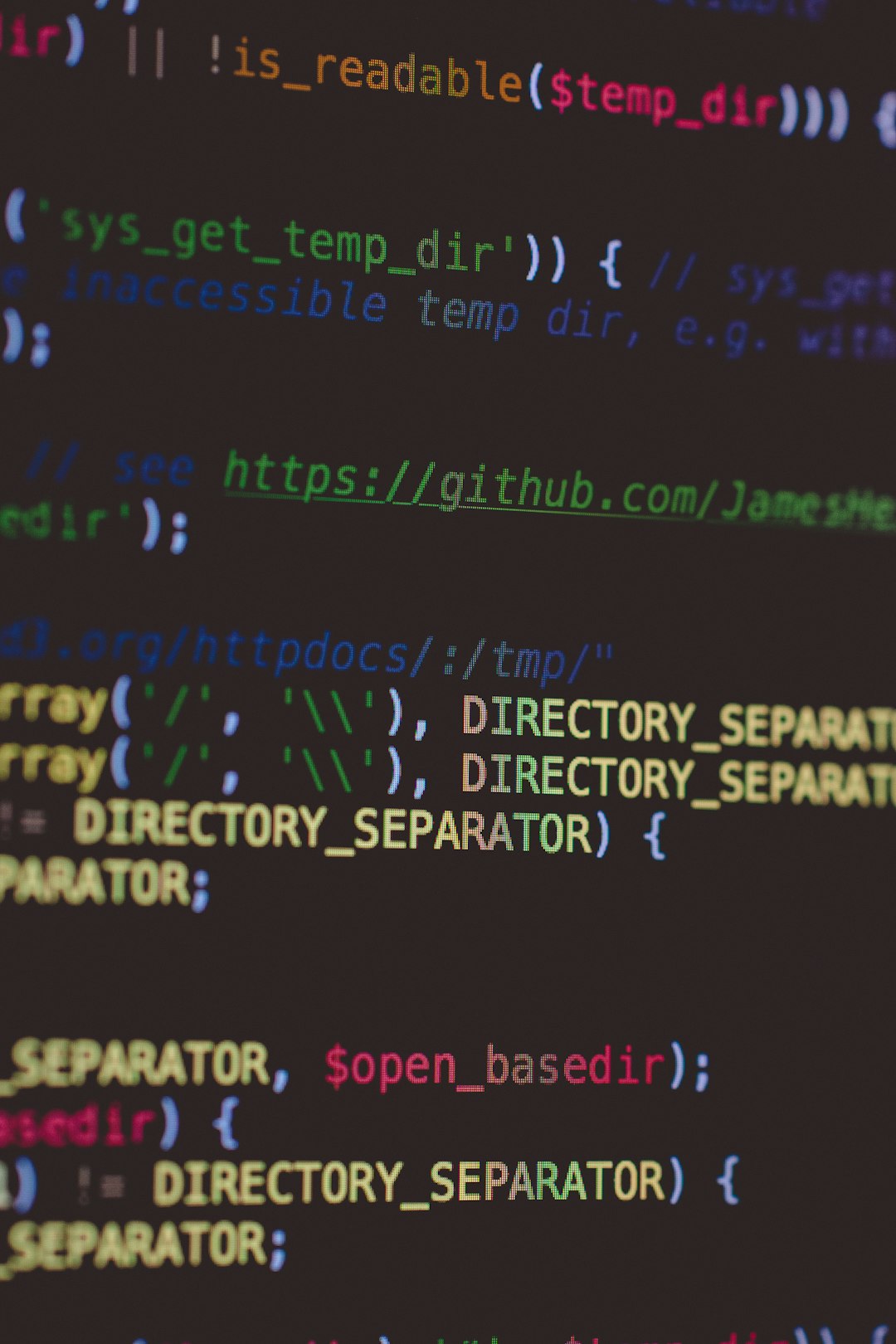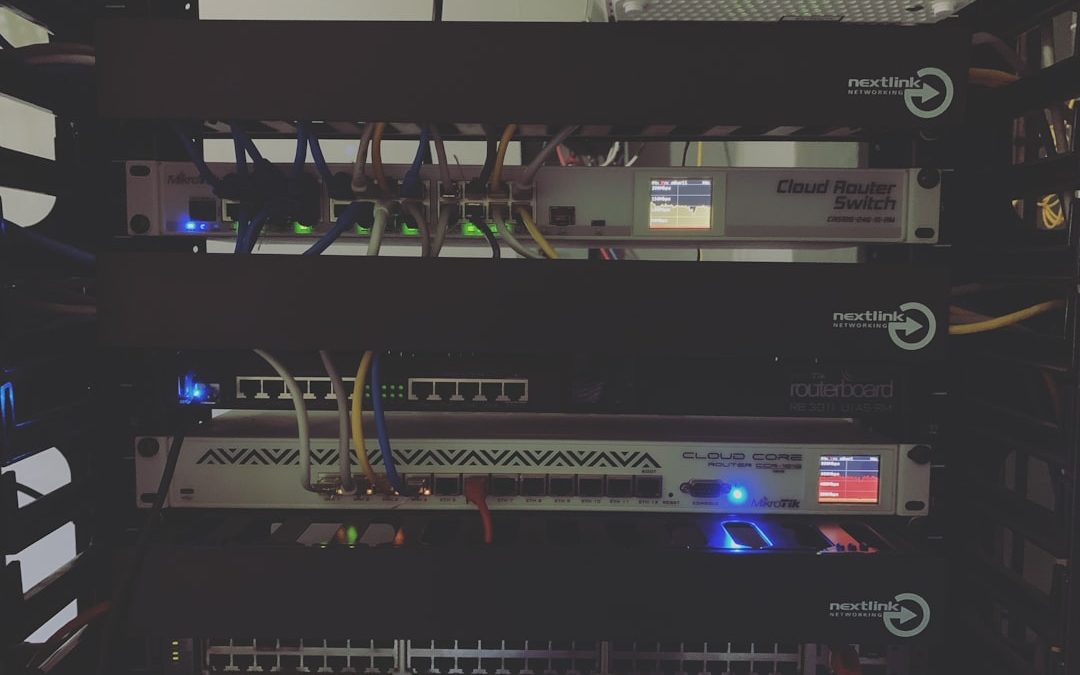Encountering a “down ext:php” issue when working with PHP files can be frustrating, especially on production servers or during critical development phases. This message, which often appears when searching via Google or other search engines, typically indicates that a PHP-based website is down or a critical PHP script has malfunctioned. Understanding how to properly troubleshoot and recover from such issues is essential for every developer, sysadmin, and webmaster. In this guide, we’ll walk through the most effective troubleshooting steps to help you resolve PHP issues that could be causing your site or application to go offline.
Understanding “down ext:php” and Its Implications
The phrase “down ext:php” often appears in web searches when a user is trying to identify websites that are returning errors or if they’re trying to diagnose the state of PHP-driven pages. It doesn’t refer to a specific PHP error but rather signals that a PHP file — the endpoint of the webpage — is non-responsive due to server-side issues. These issues may range from simple configuration errors to more serious code-level failures or infrastructure outages.
The key to resolving such issues is knowing where to start, what tools to use, and how to interpret what you find. Below is a detailed guide to help identify and resolve the root cause of PHP-related downtimes.
1. Check Server Health and Uptime
The first step is to ensure that the server hosting the PHP files is up and running. Without a functioning server, even perfectly written PHP scripts will fail.
- Ping the server – Use the command prompt or terminal to ping the server’s IP address or domain name to check basic connectivity.
- Check uptime status – Use hosting dashboards or command-line tools like uptime or top on Linux to see if the server is operational and not under heavy load.
- Monitor error logs – Investigate logs such as Apache’s error_log or Nginx’s error.log which can give clues on whether PHP processes are being denied or crashing.

Sometimes server resources are exhausted either by traffic surges or background processes consuming memory or CPU. These can halt PHP script execution abruptly causing the site to go “down”. Rebooting or upgrading server resources might be necessary in such cases.
2. Verify Web Server and PHP Configuration
Next, investigate the configuration of the web server software and the PHP interpreter.
- Restart Apache or Nginx – On Linux systems, run commands like sudo systemctl restart apache2 or sudo systemctl restart nginx to restart the web server. This often resolves temporary miscommunications between the web server and the PHP engine.
- Check PHP-FPM services – For Nginx, PHP is often configured with PHP-FPM. Use sudo systemctl status php-fpm (or the relevant version-specific command) to ensure it’s running.
- Review php.ini – The configuration file php.ini may contain directives that can disable script execution or limit memory. Check for values such as memory_limit, max_execution_time, and display_errors.
Mistakes or misconfigurations in these settings may render your PHP pages unusable. Updating these directives and restarting services often helps to bring things back online.
3. Enable Error Reporting
To get insights into what’s going wrong within the PHP code itself, enable error reporting. This is often disabled in production for security reasons, but during troubleshooting, it can be invaluable.
Add the following lines at the very top of your PHP files or in your configuration:
<?php
ini_set('display_errors', 1);
error_reporting(E_ALL);
?>
This will force PHP to print even minor warnings and notices, making it easier to identify where things are breaking down.
4. Examine PHP Error Logs
Even if error reporting is turned off in the browser, PHP logs almost everything in its error log file. The location of this file depends on your php.ini settings or your server configuration:
- On Apache systems, often found at /var/log/apache2/error.log
- For Nginx with PHP-FPM: /var/log/php7.x-fpm.log
- Windows-based servers may store errors in C:\xampp\php\logs or event viewer
Look for entries with today’s date and time. Common errors include:
- Parse errors
- Undefined functions or class not found
- Out of memory issues

Each of these log entries can indicate a very specific failure and point you directly to the broken line of code or misconfigured function.
5. Isolate the Failing PHP File
Once you’ve narrowed it down to which PHP file is triggering the error, test it independently:
- Move the stand-alone script to a staging environment or localhost where debugging can be done safely.
- Comment out suspect lines one by one to localize the root error.
- Use var_dump() or print_r() to inspect variable contents during runtime.
This kind of hands-on investigation can reveal issues like null return values, broken includes, or unexpected request parameters.
6. Examine Dependencies and Third-Party Libraries
Modern PHP applications rely heavily on third-party packages handled via Composer. A broken or outdated composer installation can derail functionality without an obvious explanation.
- Run composer update – This updates outdated or missing packages that might be failing silently.
- Check autoload.php – Missing or corrupt autoload files can cause class loading to fail dramatically.
- Review dependency change logs – Sometimes package updates introduce breaking changes that your code is not prepared for.
Miscommunication between your code and libraries can cause deeper application failures that won’t be obvious unless checked manually.
7. File Permissions and Ownership
Incorrect permissions can prevent PHP files from executing, especially when deployed on shared or cloud hosting environments.
- Make sure PHP files are readable by the webserver user (e.g., www-data for Apache).
- Set proper execution rights: chmod 644 filename.php
- Ensure ownership with: chown www-data:www-data filename.php
An incorrectly set permission scheme can trigger “403 Forbidden” errors or prevent includes from working correctly.
8. Database Connectivity Failures
Many PHP pages rely on dynamic data from MySQL or MariaDB databases. If your backend is unreachable, even a flawless PHP script can hang indefinitely or crash.
- Check credentials in your config file.
- Use mysqli_connect() or PDO to test connectivity manualy.
- Verify that the database server is running and not out of resources.
Improper handling of failed database connections is a major cause of blank PHP pages or site absenteeism.
Final Thoughts
Troubleshooting “down ext:php” issues requires a systematic approach. Simply re-uploading or refreshing won’t cut it when underlying causes range from server failures to miswritten code logic. Following the steps detailed above—beginning with your infrastructure and drilling all the way into isolated scripts—can help you restore uptime systematically and reliably.
Remember: It’s also beneficial to regularly test your environment, use logging effectively, and take backups before making significant changes. Prevention is just as important as your response strategy when downtime strikes.
By using a methodical process and having the right tools at your disposal, PHP errors no longer have to be a mystery—they can instead become manageable events in your system’s lifecycle.
yehiweb
Related posts
New Articles
How to Answer “Tell Me About Yourself” in a Job Interview
So, you’re getting ready for a job interview. You’ve picked out your best outfit, updated your résumé, and practiced shaking…


